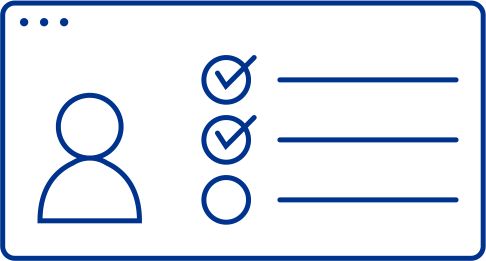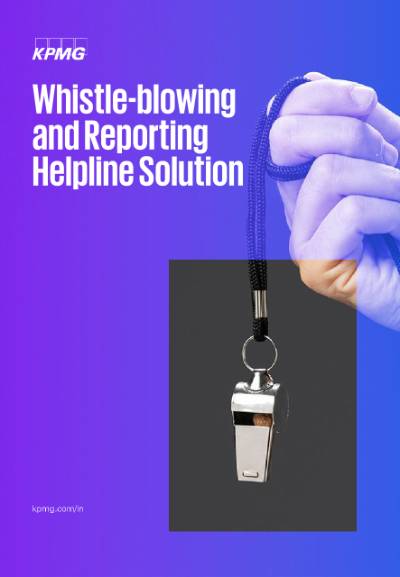Whistle-blowing is the first line of defence for organisations to uncover and mitigate activities of fraud, malpractices and non-compliance. Corporate integrity is a hot topic with growing social awareness and increasing regulatory requirements around corporate environmental, social and governance (‘ESG’) issues. These factors are increasingly becoming important on how societies and governments measure and estimate any associated risks. Compliance and whistle-blowing hotline plays a vital role in supporting ethics and compliance programs for organizations. What you don’t know could be your greatest vulnerability. Employees, directors, and the vendor eco system are the eyes and ears of the organization. Such hotlines act as the first line of defense for organizations to uncover and mitigate activities of fraud, malpractice, and non-compliance.
It is well acknowledged, as fraud attacks grow more sophisticated, whistle-blowing system and fraud awareness can be possible deterrents. Whistle-blowing hotline is also a mode for communication between employees and management when other formal channels may present a barrier and are not supportive enough in revealing serious act of misconducts. Many organisations face challenges in establishing a robust whistle-blowing mechanism and subsequently have less convincing reporting channels that encourage employees to report suspicious incidents. KPMG’s Whistle-blowing Reporting and Helpline Solution provides a wide range of approaches that can assist organisations to establish and manage a secure, efficient and impartial whistle-blower reporting mechanism. We assist our clients with review and development of whistle-blower policy, anti-sexual harassment policy and development of complaint redressal mechanism. In addition to this, we have the experience of facilitating surveys to gauge awareness and comfort level of employees to report genuine concerns and assess overall effectiveness of the whistle-blower mechanisms established by the organization.
KPMG’s Whistle-blowing Reporting and Helpline Solution help clients to operationalize their whistle-blower and ethics reporting mechanisms using multiple channels - such as phone (toll-free), QR code enabled web portal, chatbot, email id and post box. Our services are available in English, Hindi along with multiple Indian regional languages such as Gujarati, Marathi, Tamil, Telugu, Kannada, Malayalam, Punjabi, Bengali, Odia, Urdu, Nepali and Assamese. We also support global languages such as French, Spanish, German, Arabic and Portuguese. Our awareness campaign includes custom designed posters, pocket cards, animated videos, employee webinars, in-person workshops and much more.
These reporting channels are managed by well-trained forensic professionals and no part of our service is outsourced. In addition to the report for each incident received by us, we supplement periodic reports to our clients to indicate trends or patterns of the incidents received through the mechanism. These reports have, in the past, helped organizations to set up a process for remediation and frame policies preventing vulnerabilities in their internal controls. We also provide an integrated web-based case management system which helps our client’s ethics team to get a dashboard of issues reported, status, plan and track investigation, generate final report and much more. It also helps respond to the reports as per your internal process and automate the tasks of the client’s Ethics or Whistle-blower Committee.



